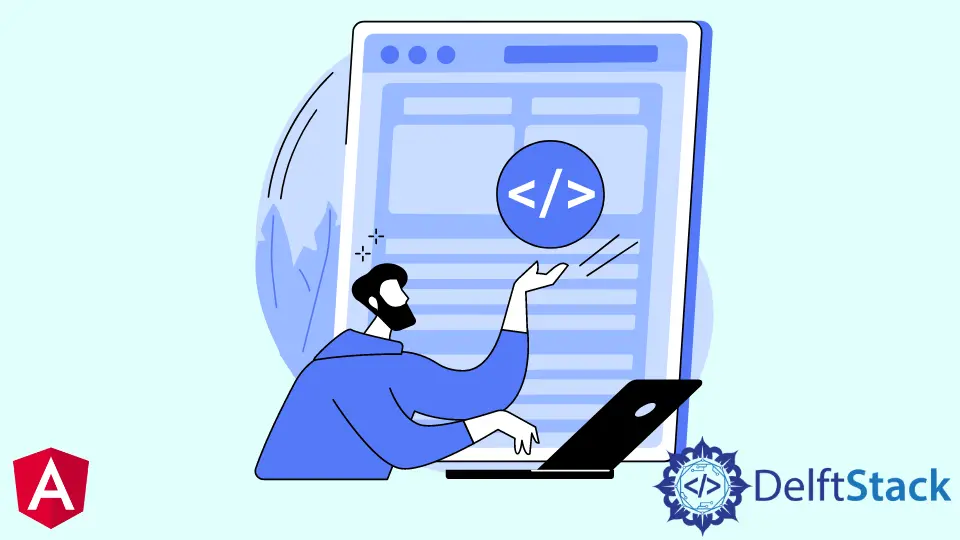How A Single-Page Application Works in Angular

The Angular framework is mainly known for creating Single Page Applications, commonly known as SPAs.
SPAs are applications that allow web users to navigate through the various links in a website without fully loading the whole of the webpage. All navigations are carried out on that same page.
SPAs are gradually gaining attention in the web browsing world. Most social media apps, otherwise called Software as a Service (SaaS) applications, are designed as single-page applications.
A user would notice that when using social media apps like Twitter, it seems as though you are moving through tabs within that same frame of the browser; the user hardly sees the media app loading from scratch.
How a Single Page Application Works
When discussing traditional web applications, data is usually transformed to HTML on the server-side/backend. But once a single-page application launches for the first time, the rendering process moves from the server-side to the client.
The HTML only gets sent over the network when the user navigates within the web page. So, only the data gets sent over to the server when SPA is running, but the HTML remains the same.
It causes web pages to appear to load faster, which leads to a much more improved user experience. Well, who likes to be kept waiting?
Benefits of Using Single-Page Applications
Below are some known benefits of using single-page applications such as Angular.
Improved User Experience
User experiences on a single-page application feel smoother. When the page loads for the first time, all the data are sent over to the client-side, this makes navigation between various sections of the web application load faster, and less bandwidth will be consumed.
Cheaper Cost of Website Creation
SPAs consume less bandwidth when users navigate through them. It means the owner of the website being built spends less money purchasing bandwidth, reducing the overall cost of creating a fully functional website.
Ease of Deployment
On the client-side of SPAs, the HTML, CSS, and Javascript bundles are easily deployed in production. All that is needed is a static server to serve these three files.
Code Splitting
We can use code splitting to split the web bundles into multiple parts. It makes it easy to work on the files exclusively, especially when one needs to work on a section of the files to not tamper with the part of the already perfected bundle.
Easy to Version
For the ease of future adjustment and upgrades, the frontend part of single-page applications is very simple to version. So if a previous version at one point in time works perfectly, without bugs, the developer can easily roll back to this version if needed.
Conclusion
Since SPAs are not yet mainstream, web applications like Google are not fully functional. This is because the page doesn’t index properly with SPAs.
The technical benefit and ease of using SPAs mean that developers will keep finding ways to ensure that large-scale websites like Amazon can function entirely on single-page applications.
Fisayo is a tech expert and enthusiast who loves to solve problems, seek new challenges and aim to spread the knowledge of what she has learned across the globe.
LinkedIn